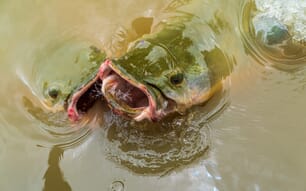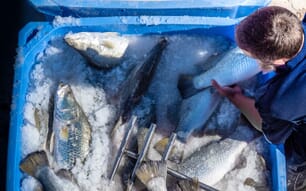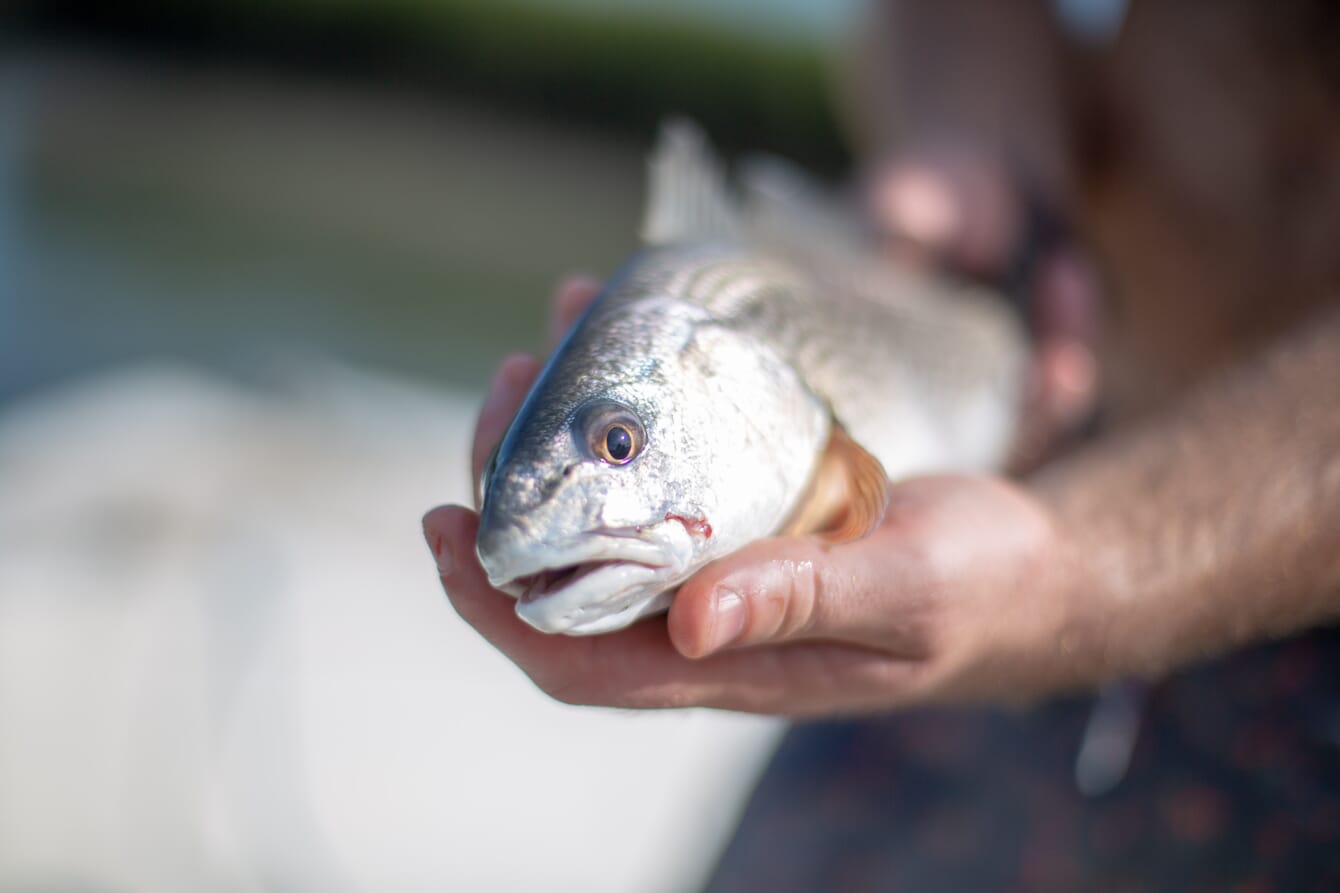
After publishing an article on collecting and transporting wild broodstock on this site, I have received a number of questions regarding just how useful hatchery stocking programmes really are. There is no simple answer, so a review of the rationale of these programmes is probably in order. And the topic has broad implications: stock enhancement and restoration activities typically involve hundreds of millions of fish and shellfish each year, representing almost 200 species worldwide.
The success of a stock enhancement programme must be measured in the numbers of harvestable fish that result, rather than numbers of released larvae or juveniles. When long-term hatchery release programmes result in little or no increase in yields, the problem is usually related to loss or degradation of critical habitats, especially nursery grounds. In other situations, however, available carrying capacity can sustain more juveniles than wild spawning stock can produce, providing an opportunity to augment population numbers through stocking hatchery-produced animals.
The history of stock enhancement
Early efforts at stock enhancement in the US involved the annual production of millions of fertilised eggs and newly hatched larvae of species like cod, flounder, pollock and haddock, which were introduced directly into wild habitats with no means to measure survival, let alone assess subsequent contributions to fishery harvests. While advances in both husbandry and marking methods improved the science of stock enhancement over the past century, an increased emphasis on fiscal accountability has also developed, especially among lawmakers and resource managers.
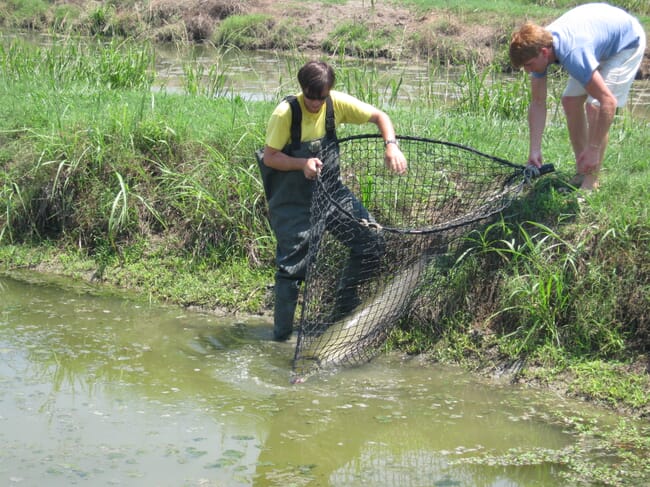
© Greg Lutz
Rationale
When does stock enhancement make sense? Stocking hatchery produced fish should not be seen as a substitute for sound fishery management or habitat restoration and protection, but it’s human nature to look for a quick fix. The term “enhancement” generally refers to situations where stocking is done to augment natural recruitment by taking advantage of underutilised carrying capacity. When the goal is the restoration of sufficient numbers of breeding individuals to allow the population to survive into the future on its own, resource managers typically use the term “restocking”.
In some species, once the number of spawning individuals falls below a certain level, reproductive success drops off dramatically. This is especially true for some shellfish species, but it has also been seen in finfish, including highly fecund broadcast spawners. Nonetheless, unless spawning stocks have been severely reduced, the numbers of young entering a population are generally limited by the availability of habitat (especially “critical” habitat). If the numbers of a specific life stage are lower than what the natural carrying capacity could support, all subsequent life stages will also be underrepresented. In these cases there may be justification for stock enhancement activities to maximise productivity.
Apart from habitat issues, shortfalls in fertilised eggs and/or larvae can be due to low numbers of breeding adults or to a widespread lack of spawning success. Overfishing is usually implicated in the first case, while habitat degradation or abnormal weather events are usually involved in the latter. Less common factors can also come into play. Such situations may justify investments in stock enhancement, because if egg and larval numbers are generally normal but subsequent survival is unusually low, the problem may be related to loss of critical habitat, especially availability of natural cover and food.
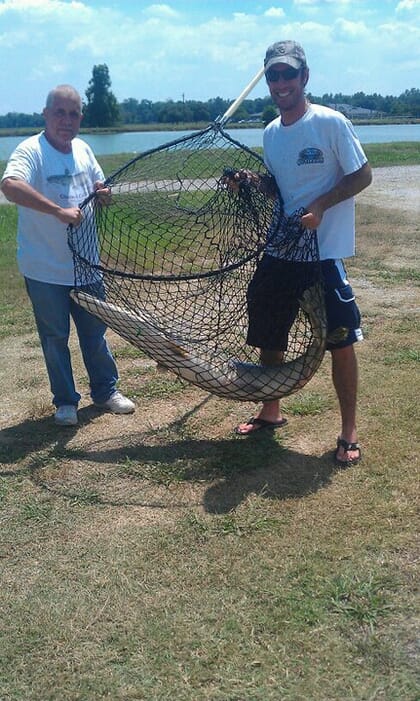
© Greg Lutz
While the cause of critical habitat loss might be human alterations, climate change or natural disasters, successful stock enhancement will require releasing animals that have already grown beyond the impacted wild life stages. And in general, releasing larger fish (fingerlings vs larvae, or juveniles vs fingerlings) actually does result in higher survival and more harvestable fish. But releasing more advanced life stages implies a longer culture period under artificial conditions and the associated genetic/behavioural changes that will result. Because habitat availability and quality will determine the success of most stock enhancement efforts, the life-stage-corresponding habitat must have sufficient carrying capacity to accommodate both wild and hatchery-produced animals, whatever size fish (or shellfish) are being released. The goal is to increase production without impacting biological, economic and social sustainability.
Do stocking programmes work?
Assuming that stakeholders can agree on how stock enhancement success is to be defined, the next question is how to measure it? Unlike those early hatchery managers of a hundred years ago, modern fish culturists can avail themselves of molecular markers to determine the survival and contributions of released larvae or juveniles. And, if the ratio of stocked-to-wild fish within a year class does not change over time, it is safe to assume that wild fish are not being displaced and that carrying capacity has not been reached or exceeded.
What are the options for improving stock numbers once they have declined?
- Where it can be shown that declines are due to low spawning stock biomass as a result of overfishing, regulating (reducing or eliminating) fishing effort is an obvious strategy, but this is often politically difficult.
- Where it can be shown that declines are due to loss or alteration of critical spawning and nursery habitats, imposing restrictions and regulations to restore and expand those habitats to their prior status would seem like a good idea but, again, this is politically difficult.
- Increasing recruitment by propagating and releasing large numbers of juveniles is always really cool! But as we have seen, this is not really feasible if critical habitats or food webs have been degraded. When habitats are completely inadequate due to prior management failures, this approach can be (and often is) embraced up to the extreme circumstance of put-and-take fisheries, where harvestable sized animals are released after a lifetime under artificial conditions.
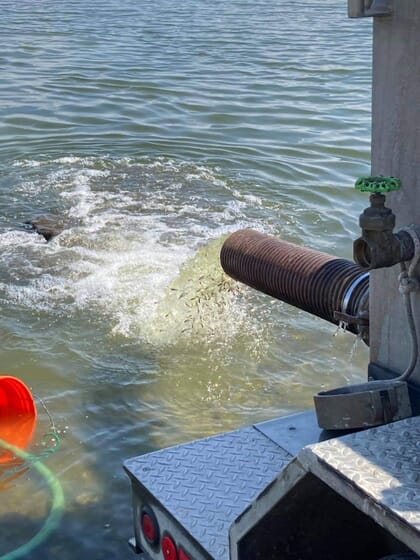
© Texas Parks and Wildlife
Concerns
Concerns over the potentially negative genetic impacts of hatchery produced fish and shellfish on wild populations have been expressed on many occasions over the past four decades. At issue is the possibility that interbreeding of hatchery-adapted and wild individuals would result in a reduction of overall productivity and fitness in the wild populations. Adaptation to hatchery life usually takes some time, both within and across generations. While broodstock management practices can be devised to minimise this impact, a more complex issue is the loss of certain alleles that are maladapted to hatchery conditions during the culture phase prior to release. This phenomenon is difficult to measure, control or correct.
Even if they have only recently been captured from the wild, it is very important that hatchery broodstock reflect the genetic profile of the population to be supplemented. How closely will depend on who you ask, but a reasonable approximation may require substantial numbers of breeding individuals and spawning events in order to capture the appropriate frequencies of prevailing and rare alleles. Regular replacement of hatchery broodstock with newly collected wild individuals can help provide more balanced representation of genetic variation over time. A recent article evaluated the genetic impacts of red drum stock enhancement in the state of South Carolina, with computer models indicating that current levels of genetic diversity in the wild population could be maintained over a 45-year period if 10 or more breeding animals were used and replaced each year and stocked fish from those animals did not contribute more than 30 percent of any given year class.
In many studies, gene frequencies in receiving populations indicate that the contributions and legacies of introduced hatchery stocks decline steadily over the following generations. This has been demonstrated in brown trout, Atlantic salmon, Atlantic cod, walleye and other species. Nonetheless, the objectives of these stocking programmes may have been realised by the time Mother Nature sorted out the “hatchery” genes from the “wild” ones.
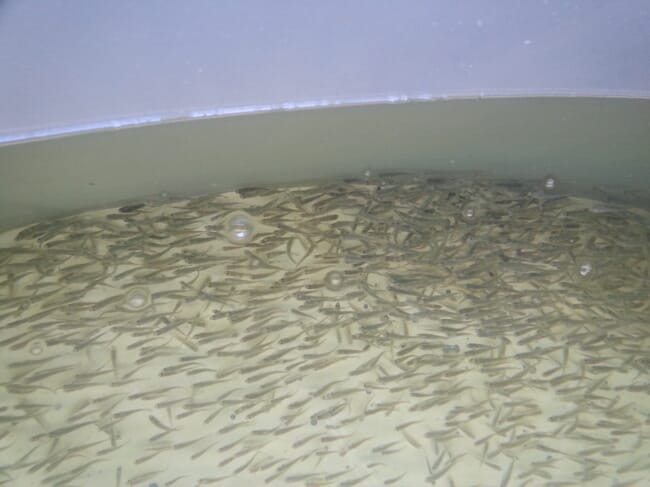
© Greg Lutz
There are many examples of poor survival and growth of stocked fish, even in areas with surplus food resources. Usually, non-genetic behavioural factors seem to be involved, due to prolonged acclimation and adaptation to non-natural settings in the hatchery. The results are often poor swimming ability, limited foraging skills and poor predator avoidance.
What happens in situations involving threatened or endangered populations when every wild spawner can be considered indispensable? In such instances, it may be possible for resource managers to increase their chances of success by refining propagation methods using closely related species or less-threatened populations of the species in question. While the alligator gar is considered threatened in much of its natural range in North America, Louisiana populations are relatively stable. Researchers there took the opportunity to develop propagation protocols that could be employed to assist in the recovery of more vulnerable populations elsewhere.
Is restocking worth it?
Some years back, a series of studies at the University of Maryland’s Center of Marine Biotechnology focused on producing juvenile blue crabs for stocking into natural waters, supposedly to bolster wild populations that appeared to be declining. The project received a reported $12.7 million in federal funding from 2002 to 2007, and additional funding was obtained from other sources. Although some 215,000 juvenile crabs were released in 2007, this represented an investment of roughly $59 per animal. Federal funding was cut off in 2008 as researchers indicated that between 6 and 16 million juveniles would be required to have a measurable positive impact on the wild stock.
When considering stock enhancement costs, would resources generally be better directed at habitat restoration and fisheries management? An interesting review paper by Shuichi Kitada indicated that, although some large-scale release programmes have been economically successful over the years, many may be unprofitable when judged on the raw numbers.


